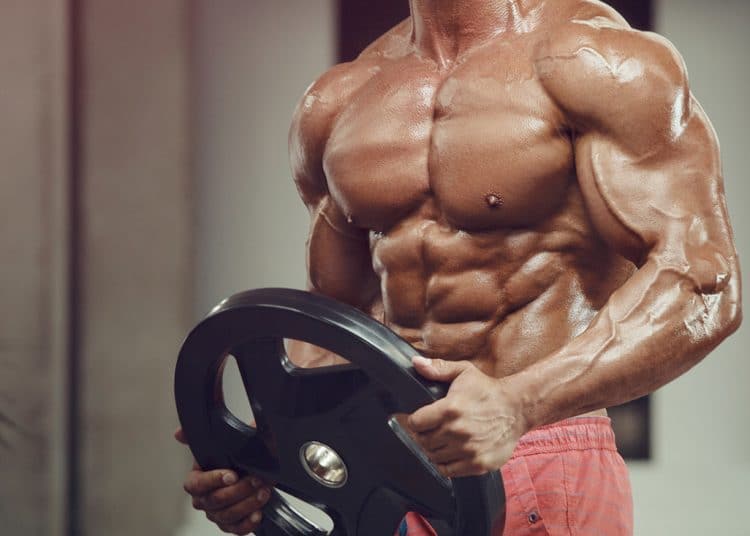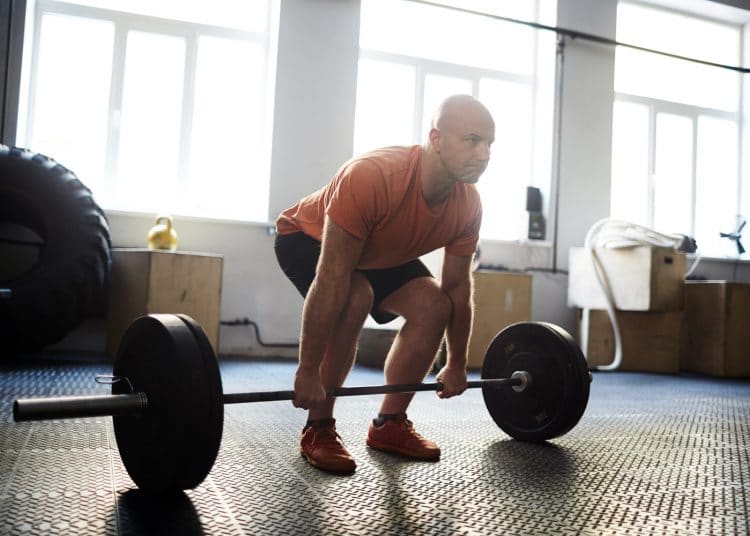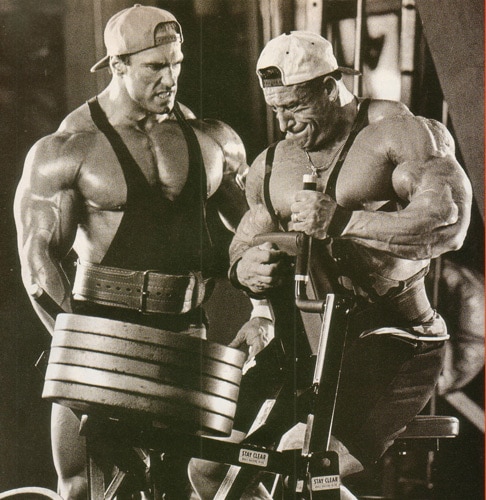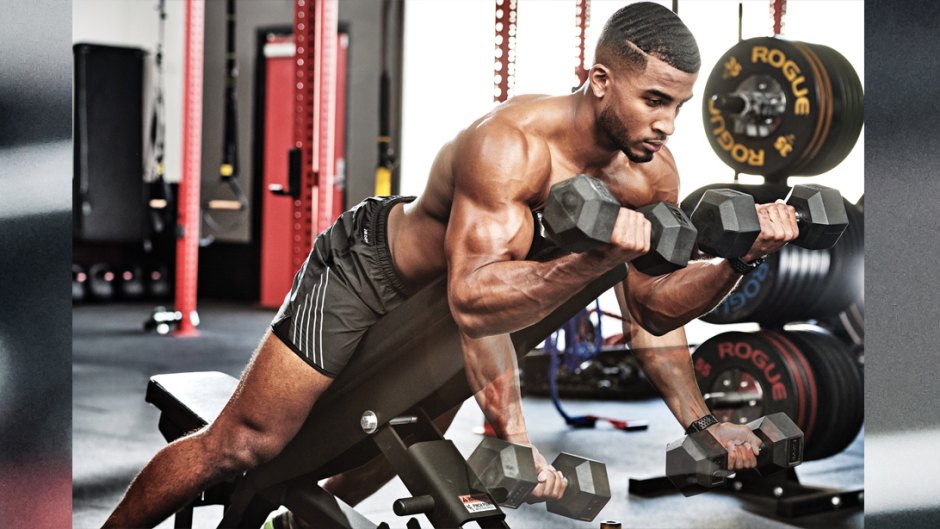Food is fuel for an active lifestyle, giving you the energy you need to work out and then recover. But, how long should you wait between eating and training? The answer depends on several factors, including the type of workout you’re going to do, time available, and your own personal preferences.
Have you ever started a workout only to feel nauseous after a few minutes? Or maybe you’ve begun to feel tired partway through your training session and had to finish earlier than you intended?
You are not alone!
In many cases, the cause of these problems is what you ate (or didn’t eat) before your workout. After all, food provides your body with the fuel you need to power you through your workout, and your pre-workout meal can have a significant impact on your workout performance.
In this article, we explore how long you should wait to workout after eating.
Why You Need to Eat Before Exercise

Your body has an abundant source of energy – fat. Even the leanest person has many pounds of fat and more than enough to fuel many hours of exercise. Fat is your primary energy source for aerobic activity, such as steady-paced jogging, rowing, or swimming.
One pound of fat is worth about 3,500 calories, which is enough energy to fuel about seven hours of intense training, so it’s VERY unlikely that you’ll ever run out of fat!
However, more intense workouts like bodybuilding use glucose for fuel. Glucose is derived from carbohydrates. Your body stores glucose in your muscles and liver in the form of glycogen, which is glucose bound to water. Glycogen provides your body with fast-acting energy during intense anaerobic workouts, including strength training and interval training.
Your glycogen stores are quite limited and are quickly exhausted. The harder you train, the faster your body uses your stored glycogen. Once you run out of glycogen, your workout performance will soon drop off.
Eating before exercise ensures that you start your workout with full glycogen stores, which should prolong your workout and allow you to train harder for longer, producing better results.
While you can do fasted workouts, which may be helpful for fat burning, you’ll probably find that you perform better if you eat before training. However, eating too close to your workout could also have a detrimental effect on your training.
Also check the Intermittent Fasting (IF) Calculator to helps you cycling between eating and fasting.
The Drawbacks of Eating Too Close to Your Workout

Eating too close to a workout can cause gastrointestinal issues. 30-50% of exercisers experience problems that are directly attributable to eating before working out (1).
When you eat, it takes 2-4 hours for food to move from your stomach and into your small intestine, a process called gastric emptying. Exercising with lots of undigested food in your stomach can cause the following side effects:
- Acid reflux
- Bloating
- Cramping
- Diarrhea
- Drowsiness
- Low Energy
- Nausea
- Vomiting
These problems are caused by the physical presence of food in your stomach and also the fact that digestion draws oxygenated blood away from your extremities and diverts it to your intestines. This can leave you feeling tired and weak, despite having ingested plenty of calories.
Needless to say, eating too close to a workout can have a negative impact on your performance. That’s especially true if you are doing an intense workout, such as leg training, high-intensity interval training, or a circuit training workout.
Consider the following when deciding when to eat your pre-training meal.
Type and Volume of Food

What and how much food you eat before your workout determines how quickly your meal is digested and how close to your workout you can eat.
As a rule, simple carbs, such as white rice, breakfast cereals, and energy bars, are digested faster than complex carbs, which remain in your stomach for longer. High fat and high protein meals are also digested more slowly. It takes longer to digest larger meals than smaller snacks, and solids are digested more slowly than liquids.
Because of this, it’s usually best to avoid large meals shortly before exercise – say 1-2 hours. You should also avoid eating high fat/high protein meals too close to your workouts. The closer your workout is, the smaller and more carb-based your meal should be.
However, you should have fewer problems if you eat simple carbs shortly before your workout, eating a small serving or snack rather than a large meal. You may also experience fewer gastric issues if you consume a liquid meal rather than solids. A smoothie will be easier to digest than a similar meal in solid form.
Type of Workout

Your workout will determine what you can eat and when, and it’s usually best to do intense workouts on an empty stomach. Training hard can leave you feeling nauseous at the best of times, and an intense workout combined with a belly full of food is likely to cause nausea and even vomiting.
It’s best to do workouts that involve a lot of impact, on an empty stomach. Running or jumping with a full belly can be very uncomfortable and are more likely to cause gastric upsets than gentler forms of exercise, such as walking or easy cycling.
You should also consider your body position; a workout that involves lots of inversions (such as yoga) would be a bad idea shortly after a large meal. However, food that has passed out of your stomach and into your small intestines is less likely to make an unwelcome reappearance!
Another factor to consider is the type of movement you’ll be doing. A workout that involves a lot of twisting and bending of your trunk is more likely to cause gastric upset than a workout where your midsection remains more stationary.
Similarly, something like an Olympic weightlifting workout where you do single reps separated with long rests is less likely to cause stomach upsets than a bodybuilding workout consisting of moderate to high reps and short rests.
So, while an intense leg workout means you should probably wait a few hours before exercising, something easier like training delts and arms is less likely to cause problems if you eat shortly before.
Time Available

Early morning exercisers may have to eat closer to their workouts than they would otherwise like. Of course, you could get up at 3 am to eat before your 6 am gym session or run, but that’s probably neither practical nor appealing.
If you don’t have a lot of time to eat before your workout, don’t try and force down a big meal shortly before just to end up feeling sick. Instead, have a small, fast-acting, easy-to-digest snack, such as an energy bar or sports drink.
Also, if you know you won’t have a lot of time to eat before your workout, make sure your last meal is as nutritionally complete as possible. For example, if you’re planning a big workout first thing in the morning, make sure your dinner and pre-bed snack contain all the nutrients and energy you’ll need for the following day.
A small snack or drink will top you up so that you can workout effectively. In this situation, your main pre-exercise meal could be consumed about 8-10 hours before you start your workout.
Personal Preferences

Some people are genetically gifted with cast-iron constitutions; they’re hardly ever sick during workouts, even with a belly full of food. They’re the sort of people that can eat a burger and fries before training without even a hint of gastric upset.
In contrast, some people suffer excruciating nausea and cramps if they eat less than three hours before any kind of exercise.
The chances are that you already know which of these two groups you fall into.
Subsequently, you will need to experiment to determine how long you must wait between eating and working out. You may also need to try different food combinations and meal sizes to determine what works best for you.
After all, the aim of the pre-workout meal is to maximize your performance. If what you eat means you can’t train as hard or as long as you want to, you need to change the timing, size, and contents of your pre-workout meal.
Wrapping Up
Most exercisers should wait 1-3 hours between eating and working out, and some sensitive individuals may need to wait four hours. However, it’s important to remember that there are lots of factors that affect when and what you should eat before working out, including:
- The more you eat, the longer you should wait before your workout
- Simple carbs are digested faster than protein and fats
- Liquid meals are digested faster than solids
- Intense and high-impact workouts are best done on an empty stomach
- Some workouts are easier to tolerate on a full stomach than others
- Some people are less prone to exercise-induced stomach upsets than others
Ultimately, you’ll need to experiment to determine what, how much, and when to eat your pre-workout meal. What you eat may also vary from one workout to the next, depending on what and when you are going to train. Use the guidelines in this article as your starting point, and then make adjustments based on your results.


